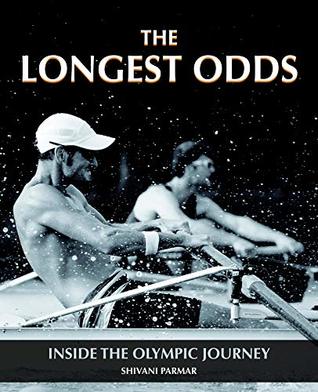I used to row but due to an injury I decided to become a cox. I’ve gotten it down, but since I dont have a coxswain’s size, it’s hard for me to lose weight to be as light as I can…how important is the weight to the boat? For example, would 10 pounds make that much of a difference or what? Thanks!
-Sam
Sam,
If you are in college, go to the trainer and schedule a skin fold test. When you take the test, make sure you are well hydrated or it will give you a bad reading. Once you have an estimate of your body fat percentage, discuss a minimum safe weight with your trainer. Make sure you don’t go below that number.
Everyone’s body is different. What works for me is “long-and-low,” combined with diet high in protein and fiber. I like egg whites, tuna and chicken or turkey for protein. You can get fiber from all kinds of places like cereal or salads. You will have to cut out the junk food, and if you are of legal drinking age, the booze has to go, too. For long-and-low workouts: at least once a day, get your body to 60%-70% of max heart rate and keep it there until you get bored or 45 minutes goes by, whichever comes last.
Above all, be safe: don’t starve yourself or dehydrate. Not only will those (stupid) techniques reduce your mental acuity on race day, they will put you at risk of permanently damaging yourself.
Getting down to fighting weight is not complicated, but it does take persistence and smarts. Good luck!
– Pete Cipollone
Enjoy reading this? Read the full collection of coxswain tips.
Interested in taking an even deeper look at how national team athletes train and race? Check out The Longest Odds.

Pete Cipollone
Pete Cipollone was a coxswain for the US National Team from 1997-2004. He joined the team after graduating from the University of California, Berkeley, and his career highlights include gold medal wins in the M8+ at the 1997, 1998, and 1999 World Rowing Championships, as well as a gold medal from the 2004 Athens Olympics.

The Longest Odds
Go behind the scenes of the Olympic Journey with The Longest Odds, a photo-documentary that goes inside the Beijing and London Olympic journey of the US Olympic rowing team.
This book illustrates what you do not see on television – it’s a raw look at what athletes go through during their years-long journeys much before anything appears on television.
The Longest Odds allows us to see those highs and lows, the conflicts, joy, exhaustion, elation, fear – and most of all, the bonds of friendship being indelibly forged.
More galleries you may be interested in
Ned DelGuercio Shares Tips on Coxing a 2k
Anything that comes through your microphone should be useful information. Thinking out loud can make you a liability to your crew’s performance.
Marcus McElhenney’s Tips for When You’re Behind
Remember the rowers are listening to you and no matter what the situation you can always take a positive tone.
Losing weight as a coxswain
Team USA coxswain Pete Cipollone shares his thoughts on losing weight as a coxswain




